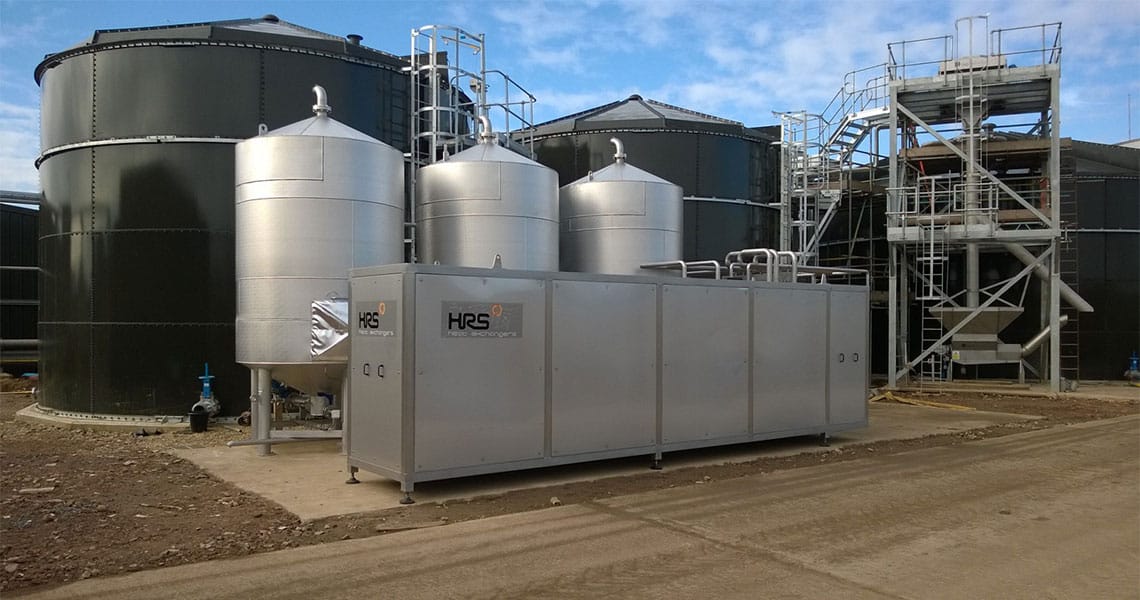Multiple uses for heat exchangers in brewing

There are numerous uses for heat exchangers in breweries, from cooling, pasteurising and fermenting products, through to efficiently dealing with waste streams such as yeast slurry. Compared to other methods of heating, heat exchangers can be much more energy efficient, providing both environmental and economic benefits.
One of the first uses of heat exchangers in brewing is for rapidly cooling the wort following boiling (often from a temperature around 95°C to something around 12°C). Both plate and tubular heat exchangers can be used in this crucial process, with tubular heat exchangers often having a larger capacity and being able to chill the wort more quickly. The warmed water (or other cooling medium) which results can be up to 80°C in temperature and as a result has a number of other uses in the process, such as pre-heating the steeped wort before boiling, and this is one of the ways that heat exchangers can reduce energy use throughout the process (see below).
Using chilled water or other coolant can also cool fermented beer prior to maturation or bottling, and for some products, such as cider, it may be necessary to pasteurise the product before bottling and heat exchangers are ideal for this. In particular the use of High-Temperature, Short-Time (HTST) pasteurisation techniques helps to preserve the refreshing taste which is so distinctive to cider.
Heat exchanges can also play an important role in treating the waste products of brewing. Anaerobic digestion (AD) is a popular way of treating the wastewater and slurry from breweries as they often have a high concentration of yeast and sugars, making them an ideal feedstock. Heat exchangers have many uses in AD including pasteurisation so that the resulting digestate can be sold as a valuable bio-fertiliser, and evaporation to reduce the water content.
Evaporation using heat exchangers is also an energy efficient method for reducing the water content of spent grains which can then be used as animal feed or bioenergy feedstock.
Reusing heat for energy efficiency
Recapturing and reusing heat from other sources (such as surplus heat from cooling operations or spare boiler capacity) can be an effective way of increasing capacity or adding a new production process without the need for major new heating or energy infrastructure. Depending on the application, HRS Heat Exchangers’ equipment has been shown to recover as much as 50 per cent of previously wasted heat, which can then be used for water, space or process heating, waste treatment or other thermal applications.
The type and model of heat exchanger will depend on many different factors, such as the nature of the process to be carried out (pasteurisation, sterilisation, dehydration, etc.) and the viscosity of the drink being processed.